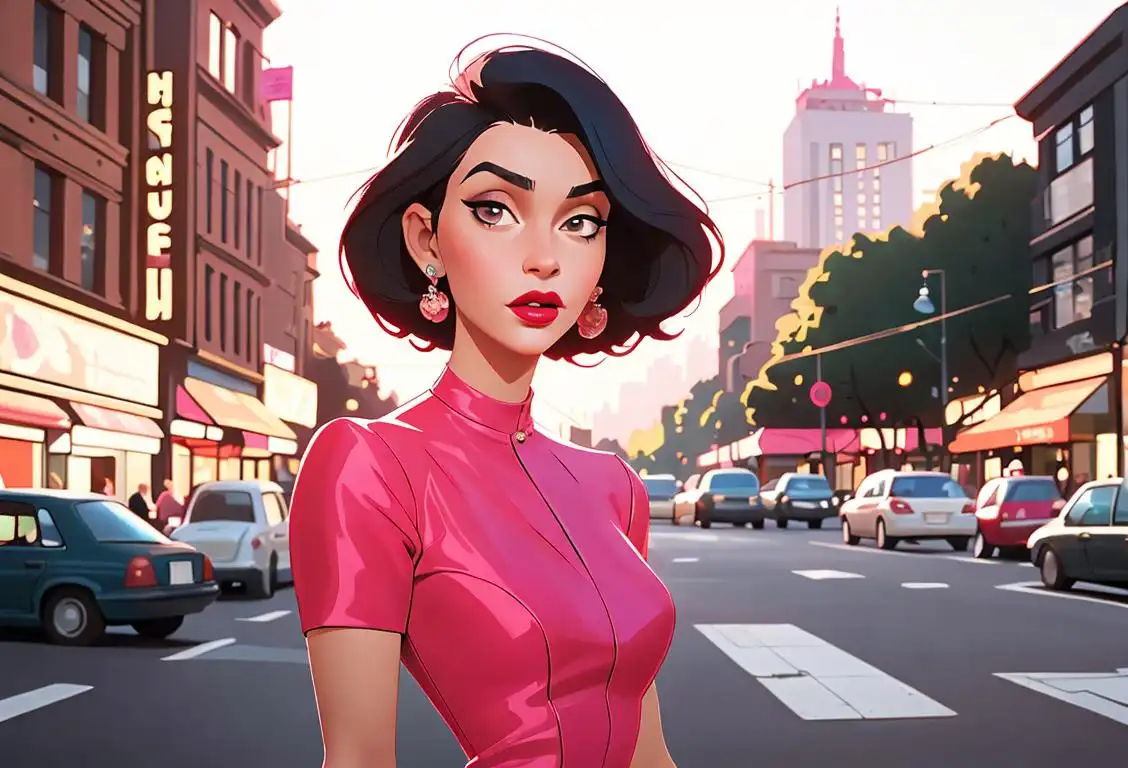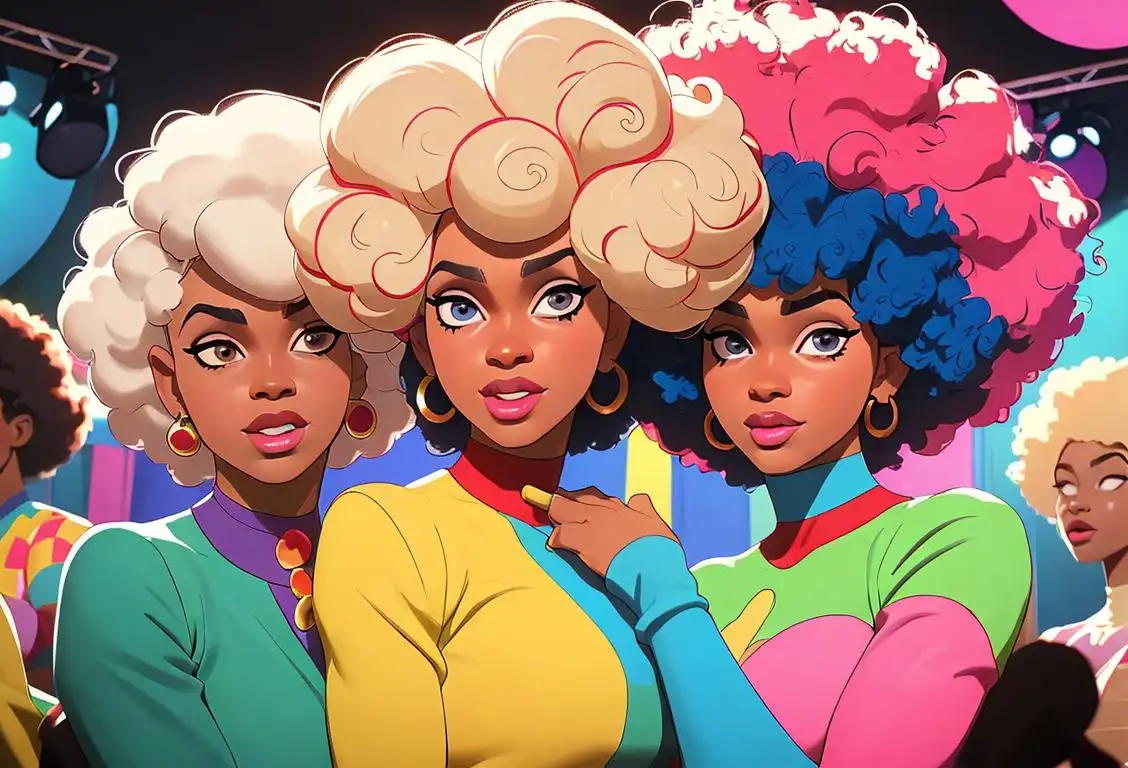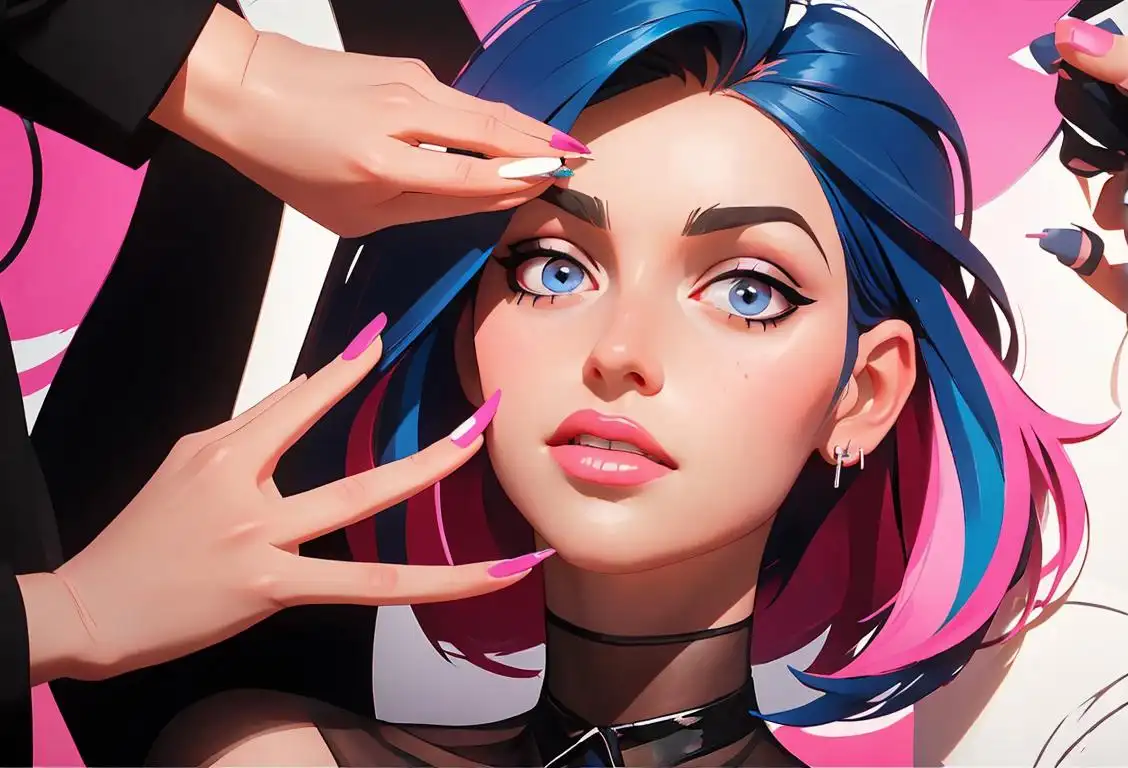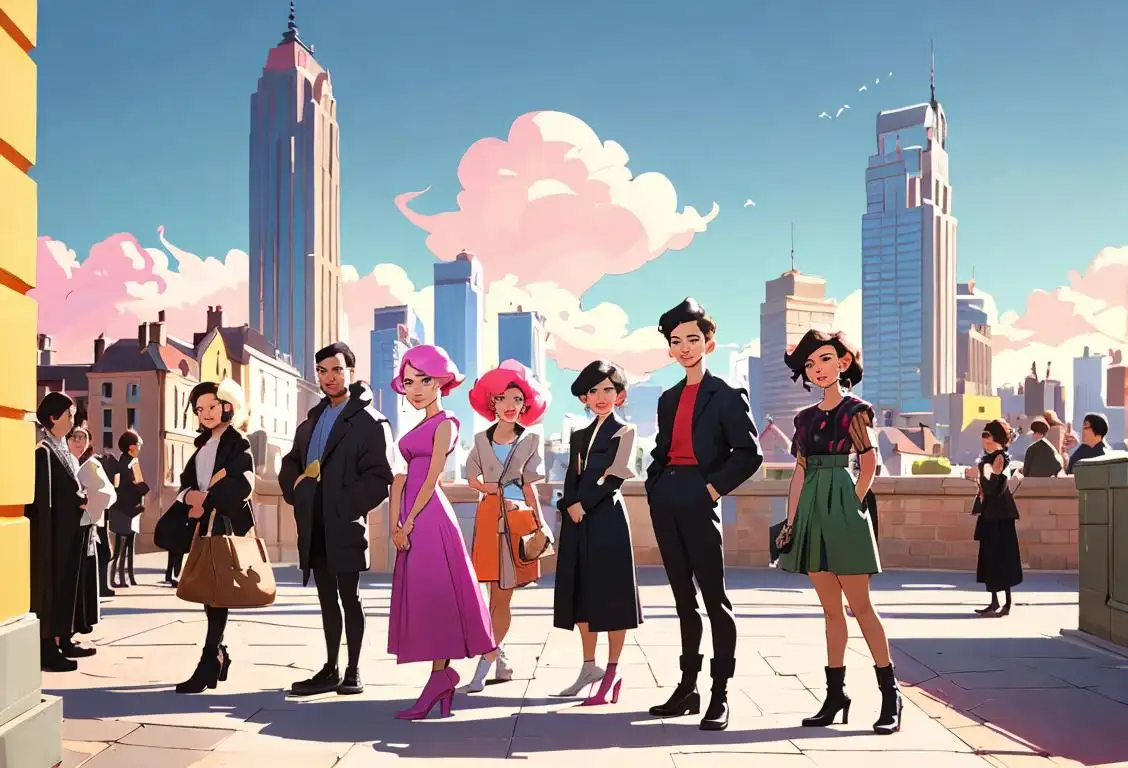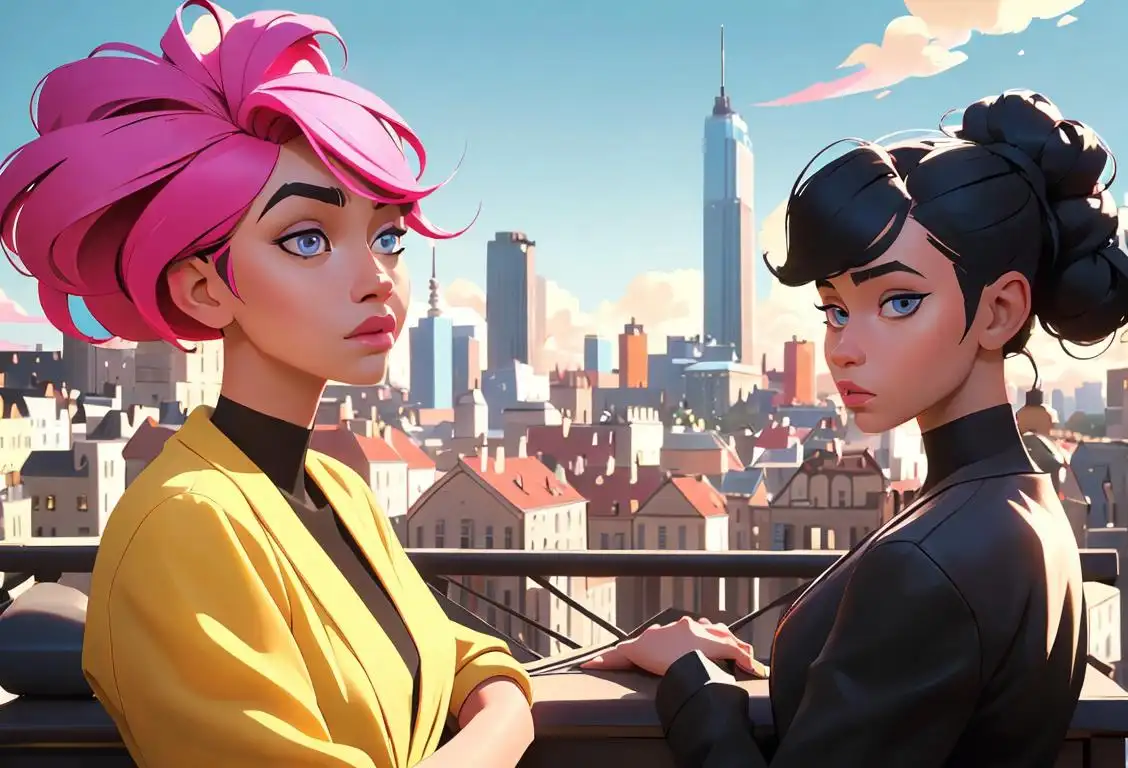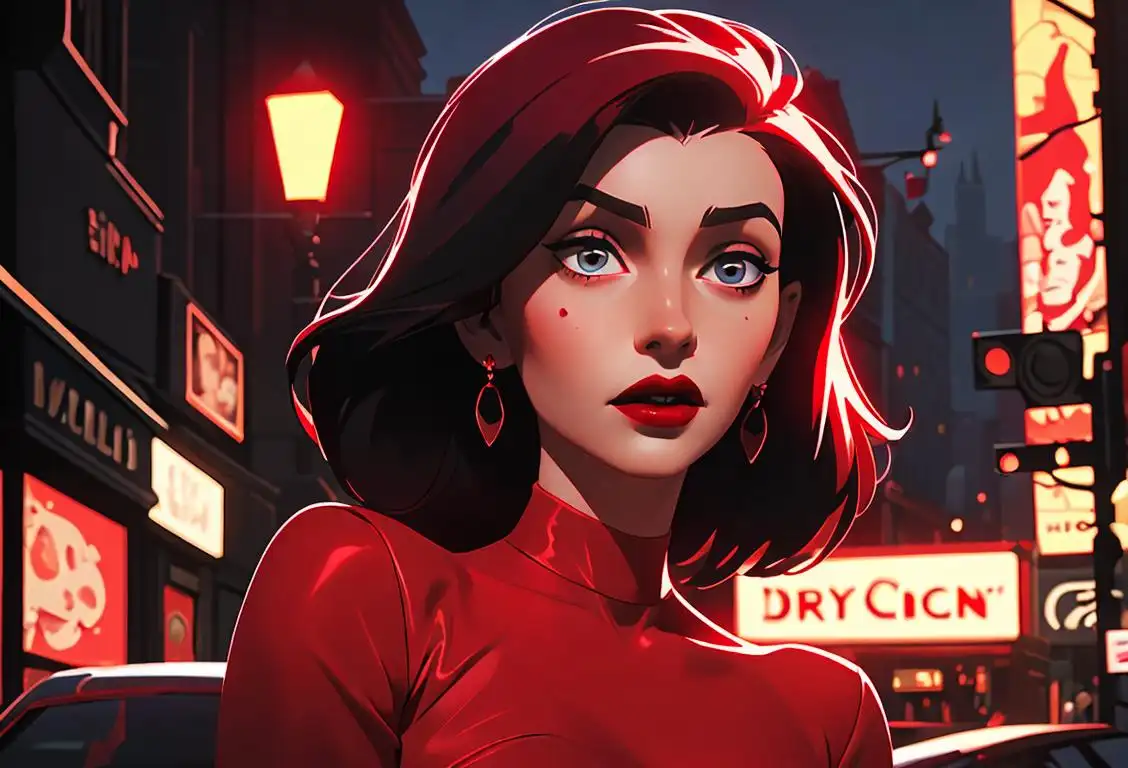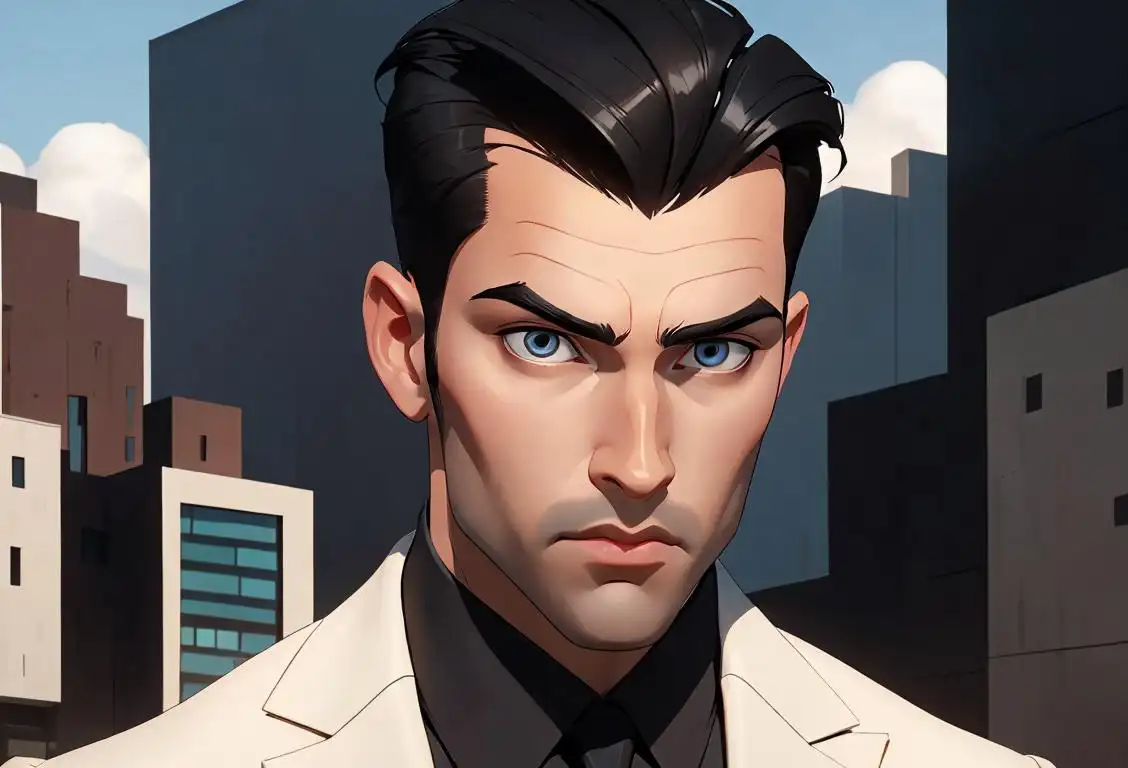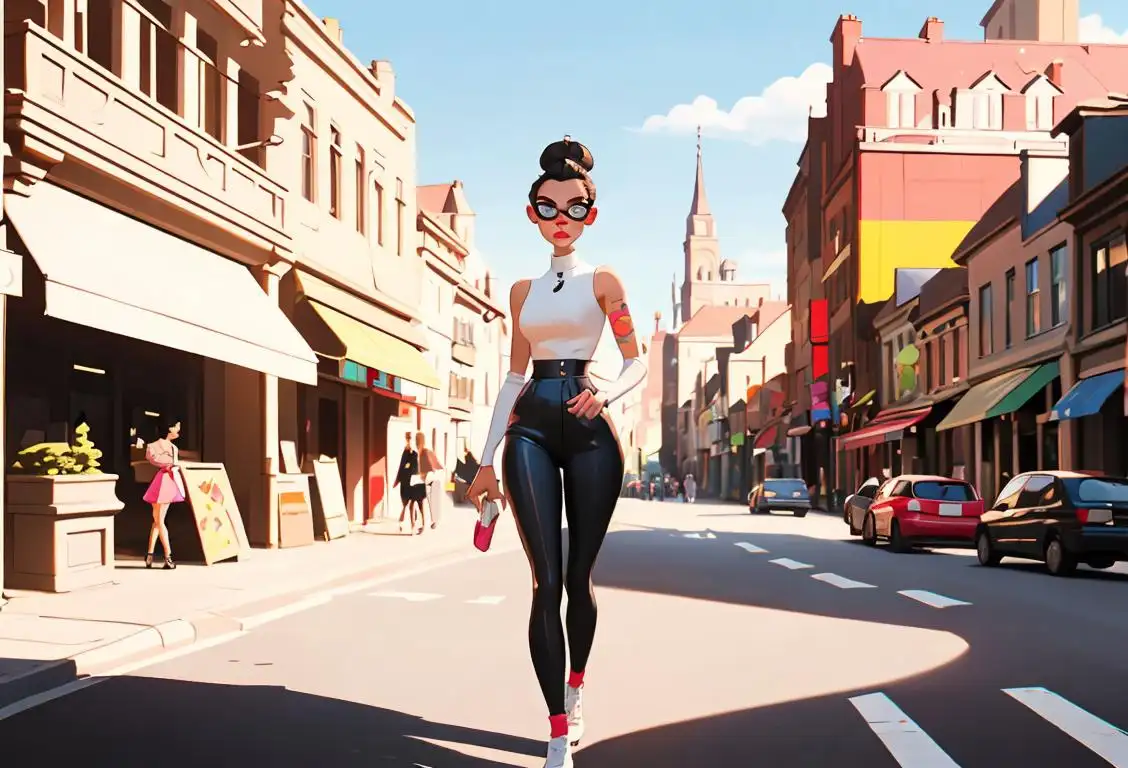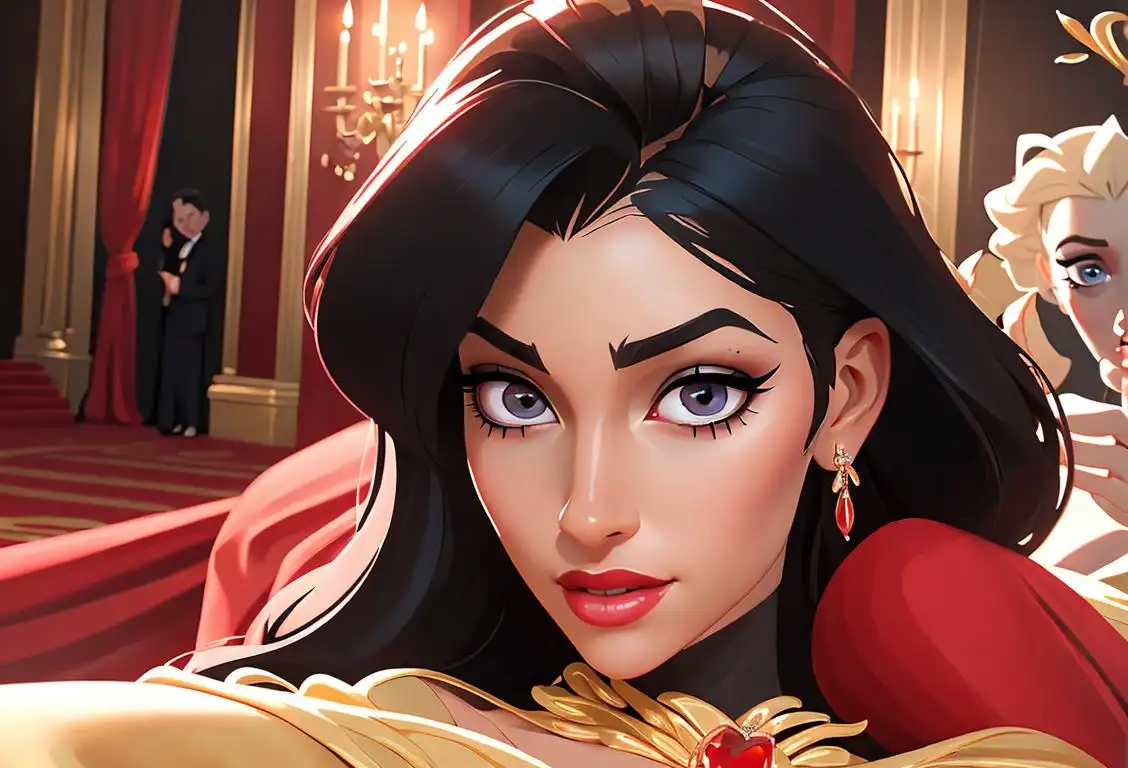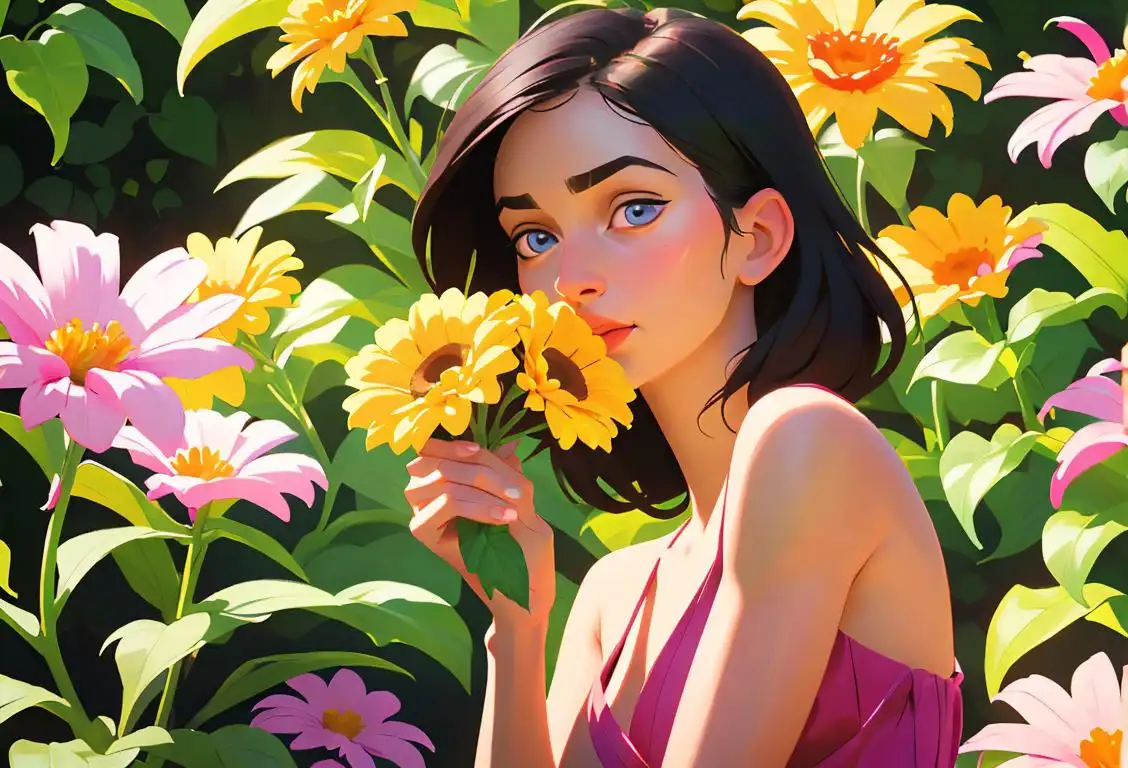National Hairstyle Day
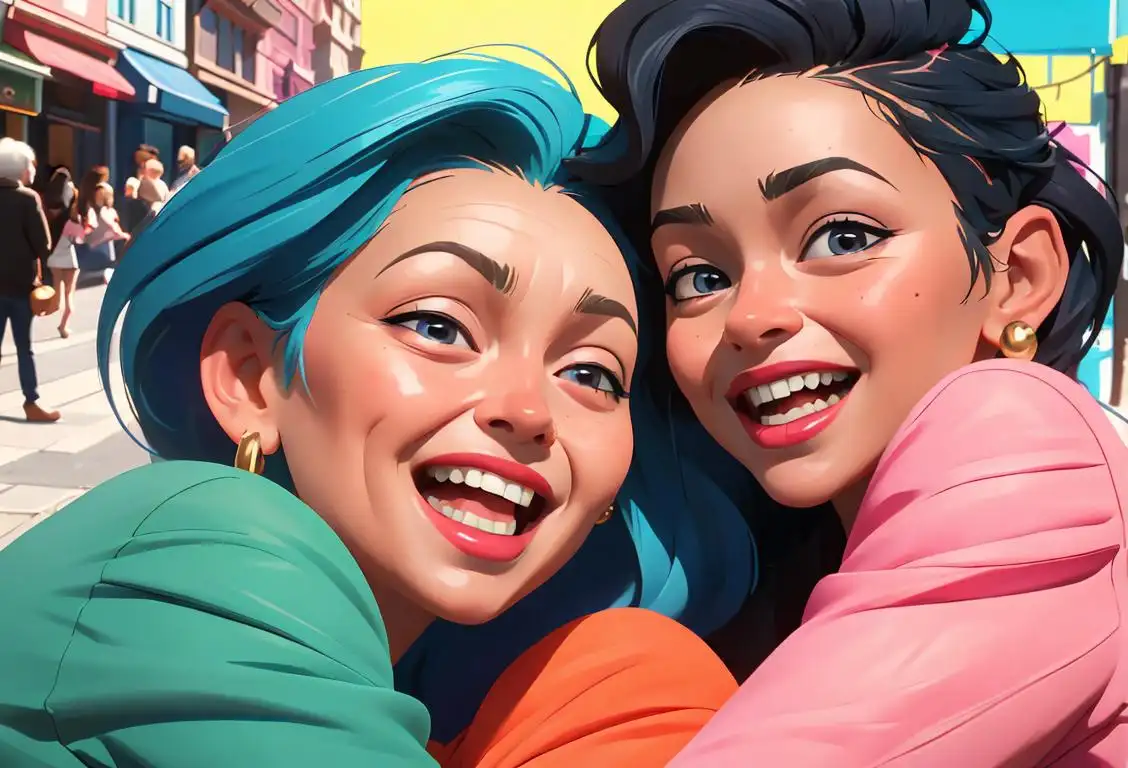
Hey there! Get ready to rock those locks because National Hairstyle Day is here! It's time to celebrate the art of hair and the many fabulous styles that make our heads turn. So, whether you're a fan of sleek and chic or wild and crazy, this is the day to let your hair down and show off your tresses with pride. Let's dive into the history and fun facts of National Hairstyle Day!
When is Hairstyle Day?
It's national hairstyle day on the 30th April.
The Origins of National Hairstyle Day
While the exact origins of National Hairstyle Day remain a mystery, what's clear is that this day was created to celebrate the power of hair and the creative ways people style it. From classic crew cuts to extravagant updos, hairstyles have always played a significant role in self-expression and cultural identity. National Hairstyle Day is the perfect occasion to honor the hair trends that have shaped our world.
Did You Know?
Did you know that the average person spends around six months of their life styling their hair? That's a whole lot of time spent in front of the mirror, folks! So, the next time you're putting in the effort to perfect your hairstyle, remember that you're not alone in this quest for follicular greatness.
Fun Hairstyle Facts
- The longest hair on record belonged to Xie Qiuping from China. Her hair measured a whopping 18 feet and 5.54 inches long in 2004. Talk about having some serious hair goals!
- The first-ever hair gel was called Brylcreem, and it became a popular styling product in the 1950s. It was known for its distinctive scent and trademark tagline, 'A Little Dab'll Do Ya.' Did you dab your way to fabulousness today?
- The Beehive hairstyle, made famous by women in the 1960s, got its name from the shape resembling a traditional beehive. Can you imagine carrying a small hive on your head? We bee-lieve you can!
History behind the term 'Hairstyle'
4000 BC
Ancient Origins
Hairstyling can be traced back to ancient civilizations, with evidence of intricate hairstyles dating back to 4000 BC. Ancient Egyptians, for example, placed great importance on their appearance and spent significant time and effort on haircare. They used various oils, henna, and wigs to achieve elaborate hairstyles.
Ancient Greece
Grecian Influence
Greek civilization greatly influenced hairstyles, as they believed that beauty and physical attractiveness were closely linked to one's character. Greek women often adorned their hair with ribbons, flowers, and jeweled hairpins. Men also embraced these trends, wearing their hair long and styled with curls.
Renaissance (14th-17th centuries)
A Shift in Styles
The Renaissance period saw a shift in hairstyles, with a focus on natural beauty. Women embraced flowing, loose locks, often enhanced with braids or intricate headpieces. Men, on the other hand, opted for shorter hair, but still incorporated curls and waves.
18th Century
Age of Wigs
The 18th century marked the height of wig popularity, particularly among the upper classes in Europe. Wigs were seen as a status symbol and were worn in various styles, including elaborate powdered and curled designs. Maintaining and styling wigs became a specialized profession.
1920s
The Jazz Age and Bob Cut
The 1920s witnessed a significant shift in hairstyles, as the 'bob cut' gained popularity. Inspired by the Jazz Age and women's growing independence, the bob cut symbolized freedom and rebellion against traditional norms. It became a defining hairstyle of the era.
1960s
The Swinging Sixties and Far-Out Styles
The 1960s brought about a revolution in hairstyles, fueled by the counterculture movement. Long, flowing hair and natural looks gave way to short, mod hairstyles like the pixie cut and the beehive. The era embraced individuality and experimentation, leading to diverse and iconic styles.
Present Day
Versatility and Expression
Hairstyles today reflect a wide range of influences, from cultural diversity to fashion trends. With the advent of hairstyling tools and products, individuals have more options than ever before to express their personal style and creativity. Hairstyles have become a means of self-expression and can convey individuality, cultural identity, and even social and political statements.
Did you know?
Did you know that the average person spends around six months of their life styling their hair?Tagged
fun beautyFirst identified
30th April 2015Most mentioned on
30th April 2016Total mentions
25Other days
Lip Stick Day
Fro Day
Beauticians Day
Hair Day
Hairstyle Appreciation Day
Bloody Lipstick Day
Grooming Day
High Bun Day
Lash Day
Make Life Beautiful Day
